Materials

Michael Anastassiades’ design philosophy is to preserve the inherent qualities of the materials he uses. All of the products we make in the studio are artisanally made and come in natural finishes, exposed to the elements without any protective lacquers. We see oxidation as a process that only adds to the patina of an object, making it more beautiful over time. We ensure that all goods leave our premises in pristine condition, however sometimes products may arrive with minor oxidation marks. In such cases, we would advise you to clean these marks using the instructions provided by the Studio, or consult the Michael Anastassiades Studio directly.
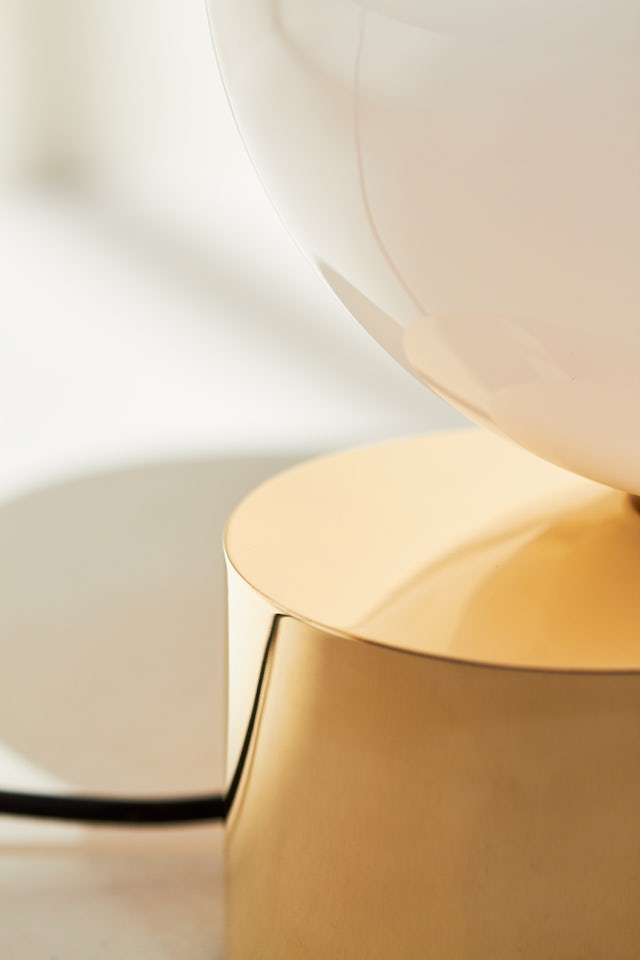
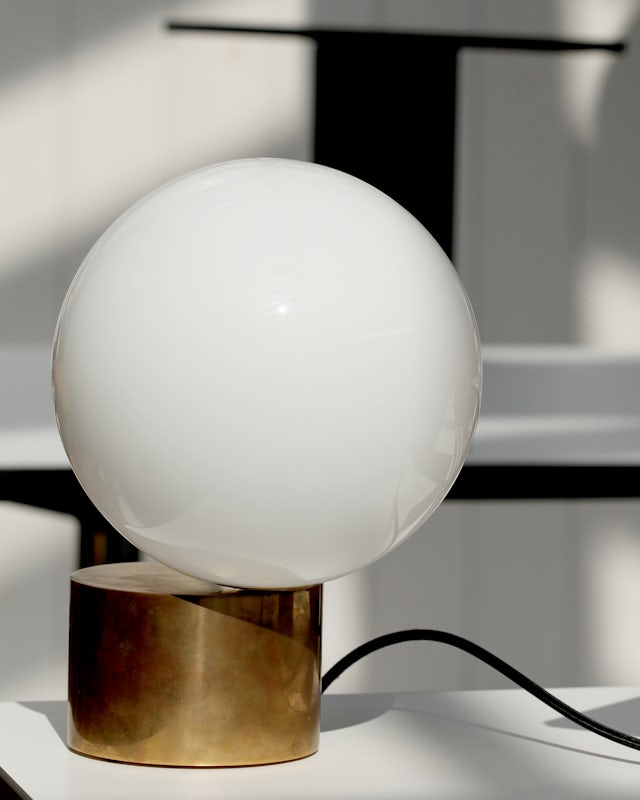
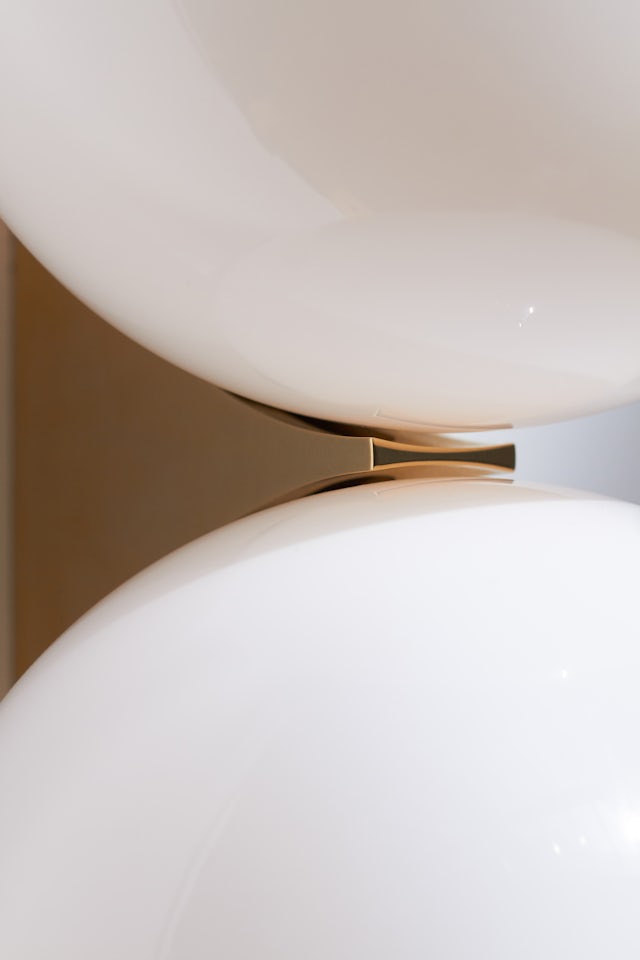
Polished Brass
An industrial polishing technique is used on solid brass to create a reflective surface. This finish is unlacquered, leaving the material to naturally oxidise and darken.
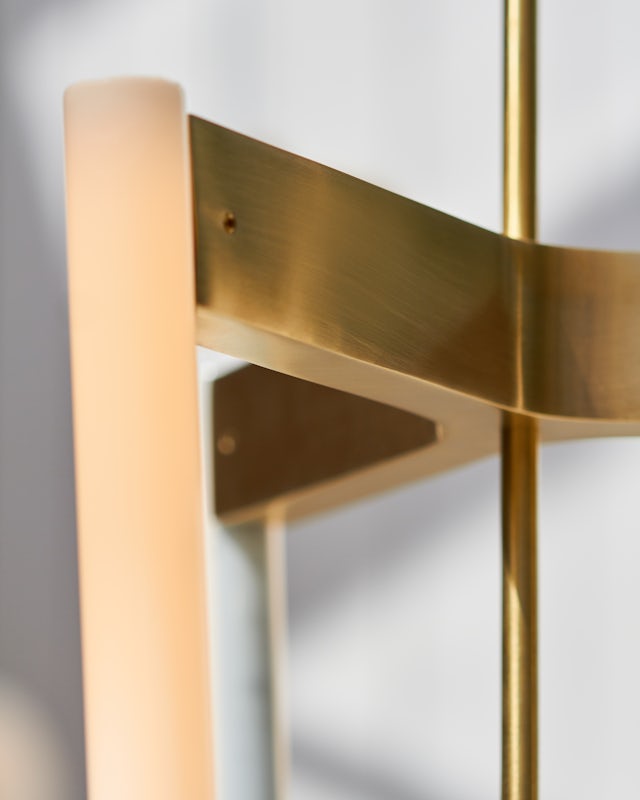
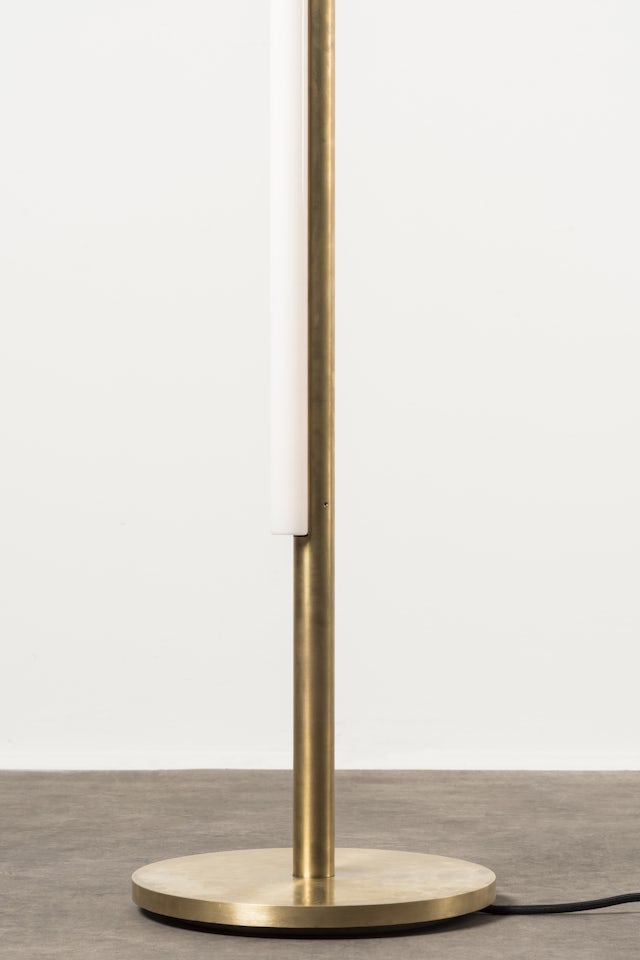
Satin Brass
The brass is polished to a matt satin finish with a soft, brushed grain. It is left unlacquered to allow the development of a patina from natural oxidisation.
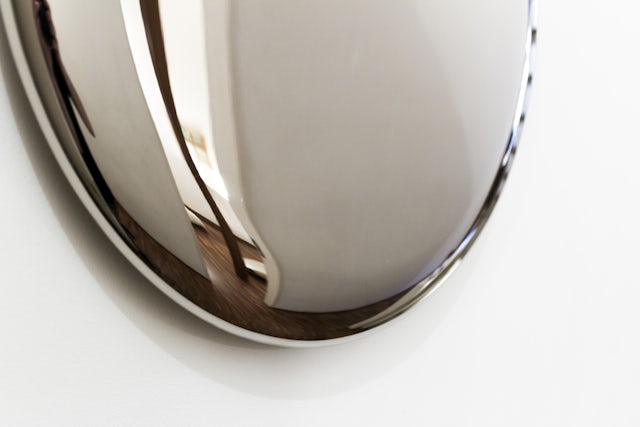
Polished Nickel
Made from nickel-plated solid brass, this finish is polished to create a mirrored silver surface. Polished Nickel has a warm finish, with a very slight golden tone. This finish is unlacquered and will naturally oxidise.
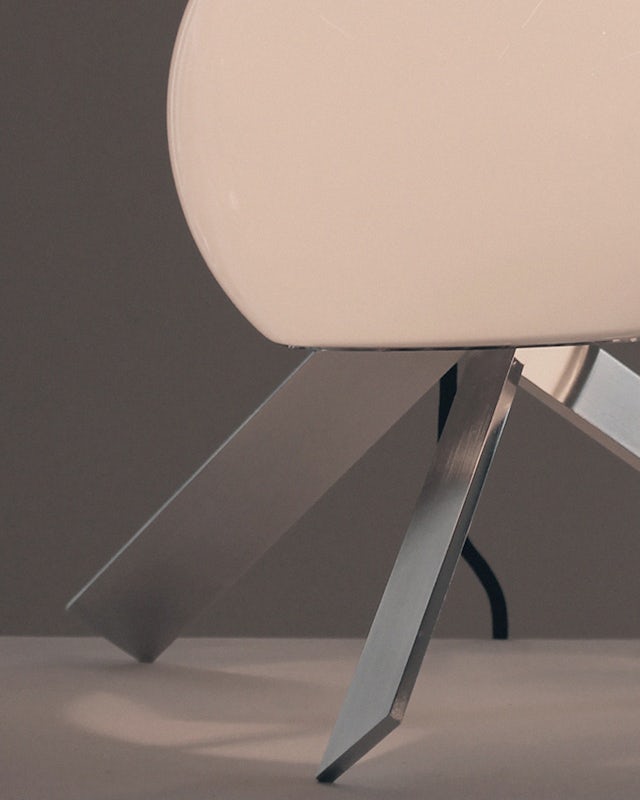
Satin nickel
Nickel-plated solid brass is polished to a matt satin finish with a soft, brushed grain.
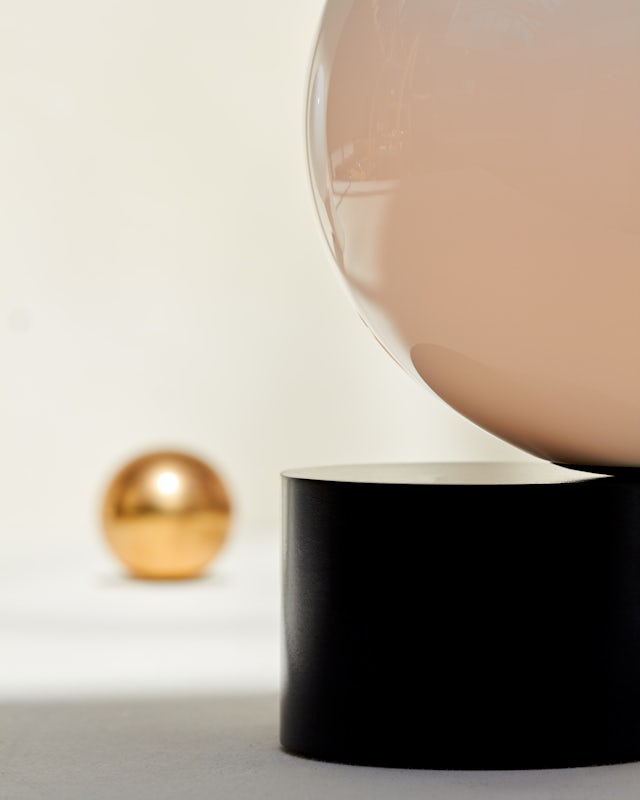
Black patinated brass
The black brass patina is achieved through the artisan technique of applying pigments by hand during hot patination. Through this alchemic process, the brass is transformed whilst retaining its inherent qualities. It will mature and change over time. The manner and speed in which the brass changes will depend on the environment and handling, plus the level and frequency of maintenance. Verdigris can also appear when the copper in the brass begins to oxidise.
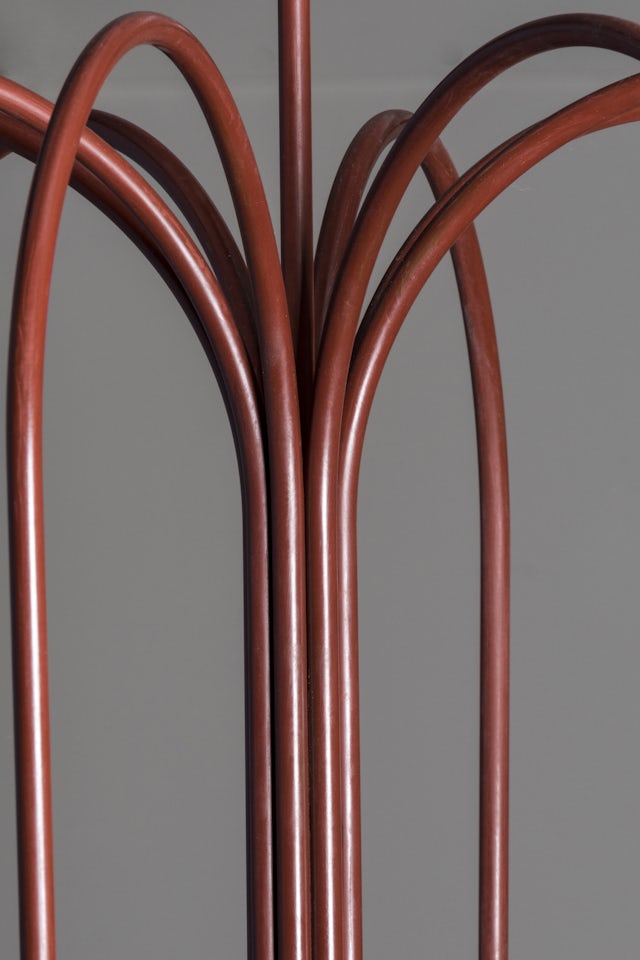
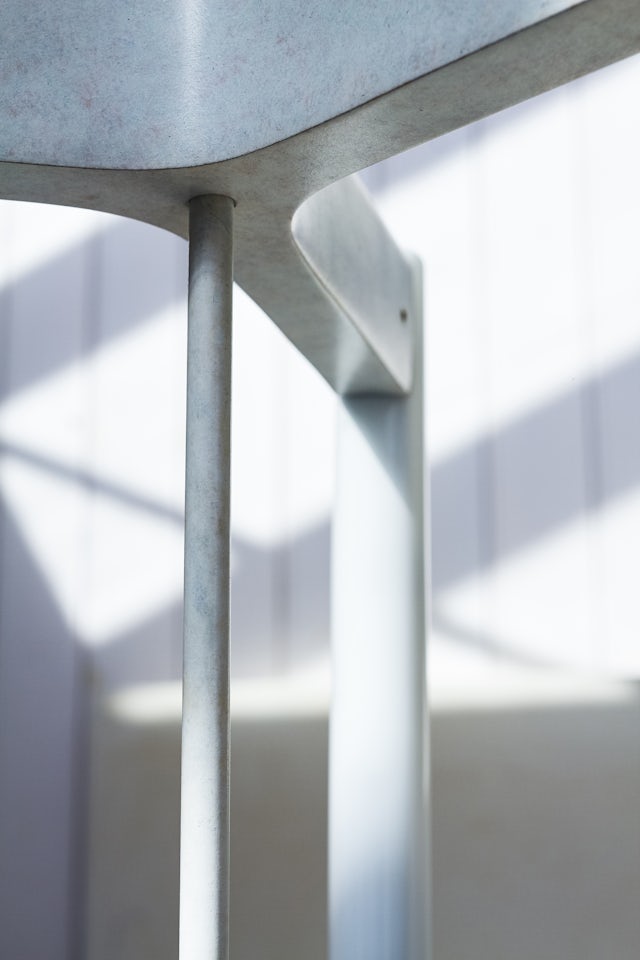
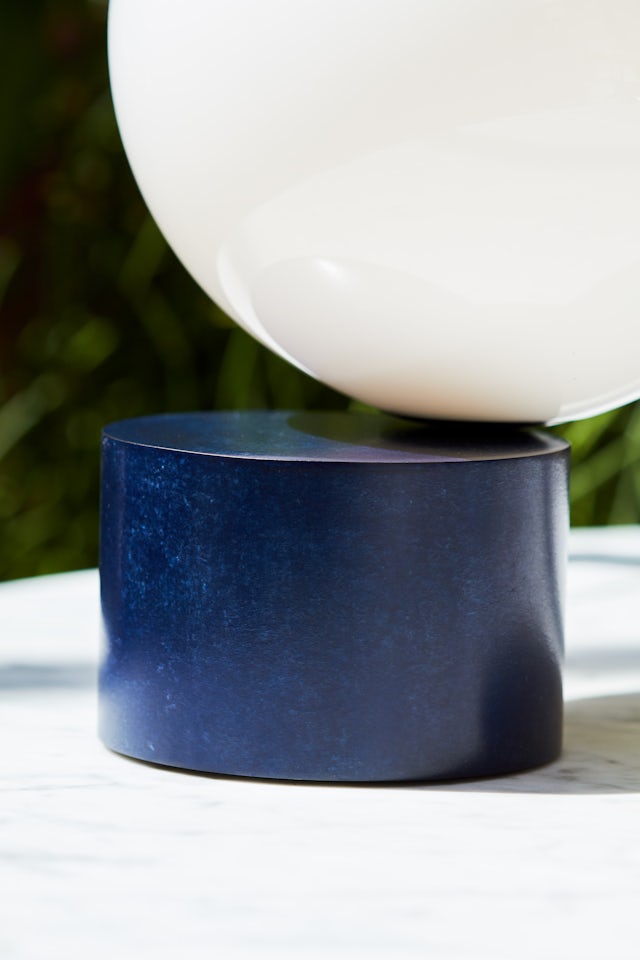

Hand-Patinated Brass
This limited-edition finish uses hand-applied pigments during a hot patination process, which results in a painterly effect, with colour stippled against the tonal brass. This patina will naturally reverse in colour, slowly becoming darker over time.
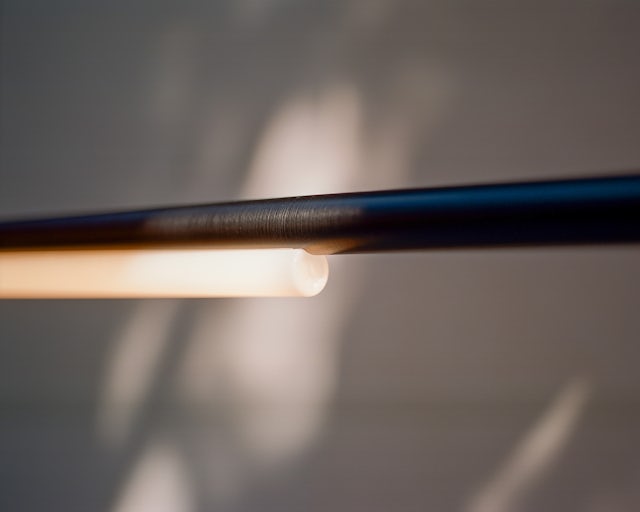
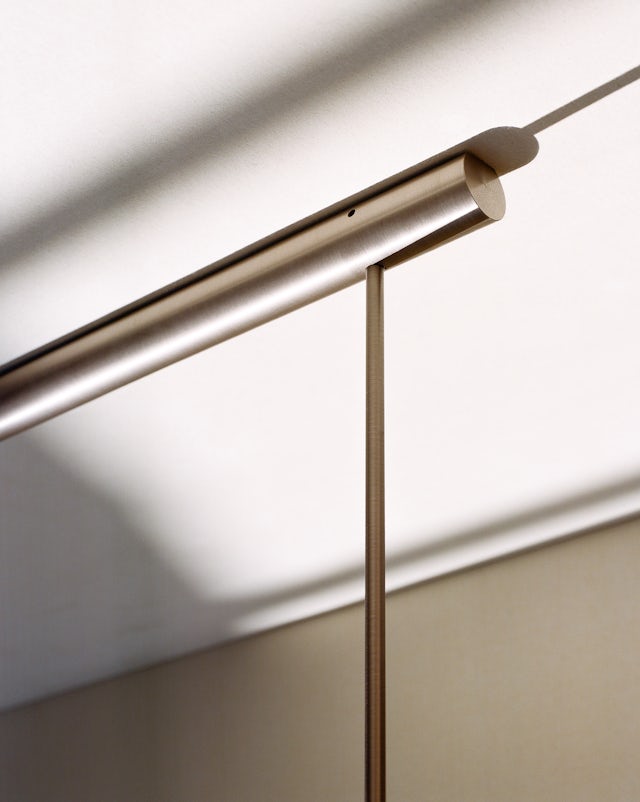
Anodised aluminium
Anodisation is an electrolytic process that produces a pigmented, oxidised layer on the aluminium. The chemical process does not apply a physical layer on top of the aluminium; instead it interacts directly with the material, resulting in a finish that retains the visible grain of the raw metal.

Chrome-Plated Aluminium
The chrome is an electroplated thin layer that has a very slight cold tone. This aluminium underneath is polished to create a reflective surface. This finish provides resistance to corrosion and oxidation.
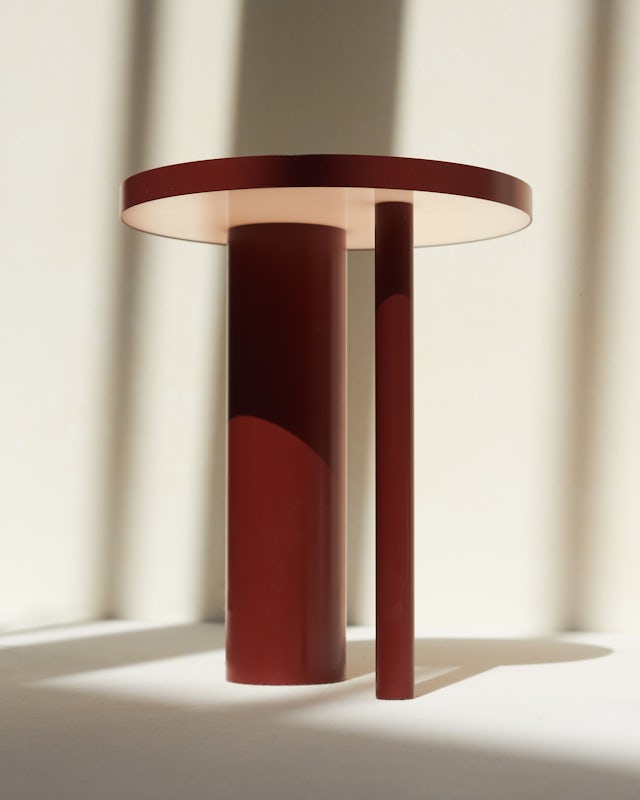
Earthen Red Powder Coat
The earthen red powder coat material was introduced into the collection in 2017 as the first addition of colour. The deep red finish is achieved by applying pigment using the process of powder coating – a dry finishing process that uses electrostatically charged pigment particles that, once heated, are fused into a uniform coating.
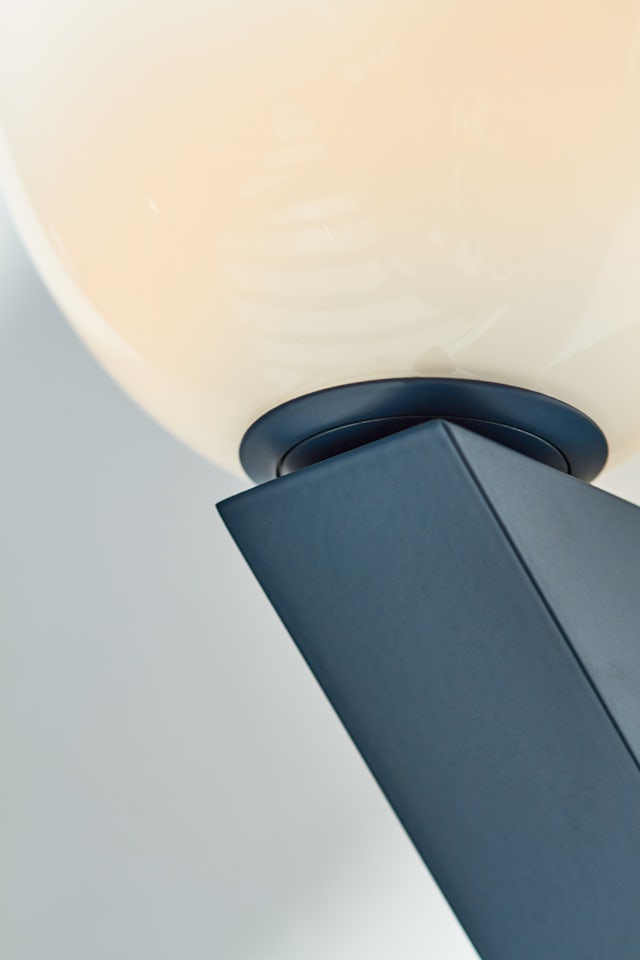
Petrol Blue Powder Coat
This brass-based material uses the industrial process of powder coating to achieve its rich, petrol blue colour. Powder coating is a dry finishing process that uses electrostatically charged pigment particles, which, once heated, are fused into a uniform coating. This colour was first introduced into the collection in 2019 for The Philosophical Egg.
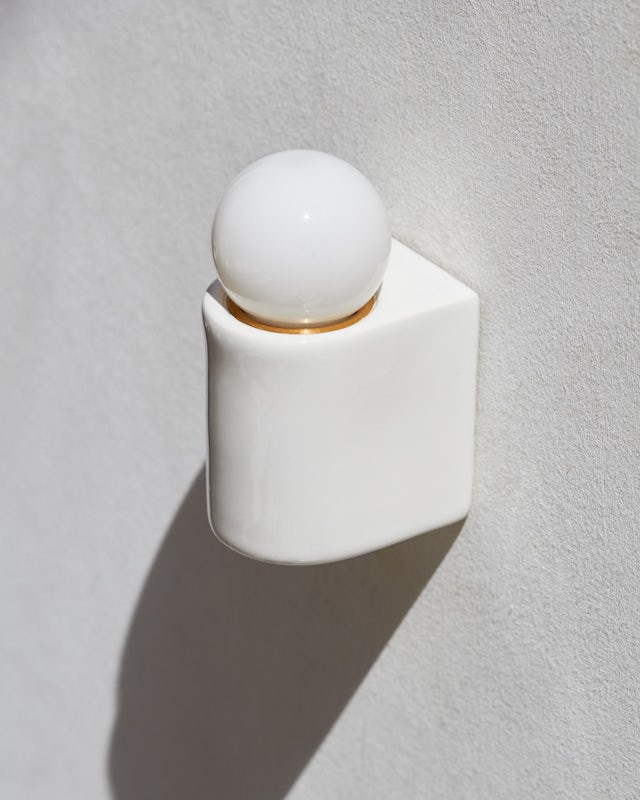
White porcelain
Referring to the Bauhaus porcelain lights used in the 1920s, this simplified version is slip-casted to provide a resistant and tough finish. Each piece is inherently unique due to the manufacturing process.